- Have any questions?
- +86-189 8930 5995
- sales@mosinterchem.com.cn
Cupric Oxide CAS 1317-38-0

Sodium sulfide CAS 1313-82-2
24/12/2018
Ferrous Carbonate CAS 563-71-3
24/12/2018| Model: | MOS1317-38-0 |
| Brand Name: | MOSINTER |
| CAS No.: | 1317-38-0 |
| CuO: | 98.00%min |
| Total copper: | 78.2%min |
| Water liquefiable: | 0.20%max |
| Total hydrochloric acid Insoluble residue: | 0.20%max |
| Chloride as Cl: | 0.20%max |
| Sulphate as SO4: | 0.20%max |
| Particle size (100 mesh): | 1.00%max |
Cupric Oxide (CAS: 1317-38-0)
| Item | Index |
| CuO | 98.00%min |
| Total copper | 78.2%min |
| Total hydrochloric acid Insoluble residue | 0.20%max |
| Water liquefiable | 0.20%max |
| Chloride as Cl | 0.20%max |
| Sulphate as SO4 | 0.20%max |
| Particle size
(100 mesh) |
1.00%max |
Copper(II) oxide or cupric oxide (CuO) is the higher oxide of copper. As a mineral, it is known as tenorite.
Health effects
Copper(II) oxide is an irritant. It also can cause damage to the endocrine and central nervous system. Contact to the eyes or skin can cause irritation. Ingesting cupric oxide powder can result in a metallic taste, nausea, vomiting and stomach pain. In more severe cases, there may be blood in vomit or black or tarry stools, jaundice and enlarged liver. Blood cells rupture resulting in circulatory collapse and shock. Inhalation can lead to damage to the lungs and septum. Inhalation of fumes during smelting of cupric oxide powder can lead to a disease called metal fume fever, which can result in flu like symptoms. Copper (II) oxide can cause a toxic build-up of copper in a small subset of the population with Wilson’s disease. Handling copper (II) oxide powder should be done in well ventilated area, and care should be taken to avoid contact with the skin or eyes. However copper is an essential trace element for the normal function of many tissues, including the nervous system, immune system, heart, skin and for the formation of capillaries as well as copper being extremely well metabolized by humans. Copper (II) oxide (Cupric oxide, not Cuprous oxide) has extremely low bioavailability (practically zero) and should not be taken in conditions of copper deficiency, especially as part of a multivitamin which also includes zinc or molybdenum. Excessive zinc or molybdenum intake eliminates copper from the body. Copper oxide is used in vitamins supplements as a safe source of copper and over-the-counter treatments. Copper oxide is also used in consumer products such as pillowcases and socks, due to its cosmetic and anti-microbial properties.The risk of dermal sensitivity to copper is considered extremely minimal.
Uses
Cupric oxide is used as a pigment in ceramics to produce blue, red, and green (and sometimes gray, pink, or black) glazes. It is also used to produce cuprammonium hydroxide solutions, used to make rayon. It is also occasionally used as a dietary supplement in animals, against copper deficiency. Copper(II) oxide has application as a p-type semiconductor, because it has a narrow band gap of 1.2 eV. It is an abrasive used to polish optical equipment. Cupric oxide can be used to produce dry cell batteries. It has also been used in wet cell batteries as the cathode, with lithium as an anode, and dioxalane mixed with lithium perchlorate as the electrolyte. Copper(II) oxide can be used to produce other copper salts. It is also used when welding with copper alloys.
Another use for cupric oxide is as a substitute for iron oxide in thermite. This can turn the thermite from an incendiary to a low explosive.
You must be logged in to post a review.

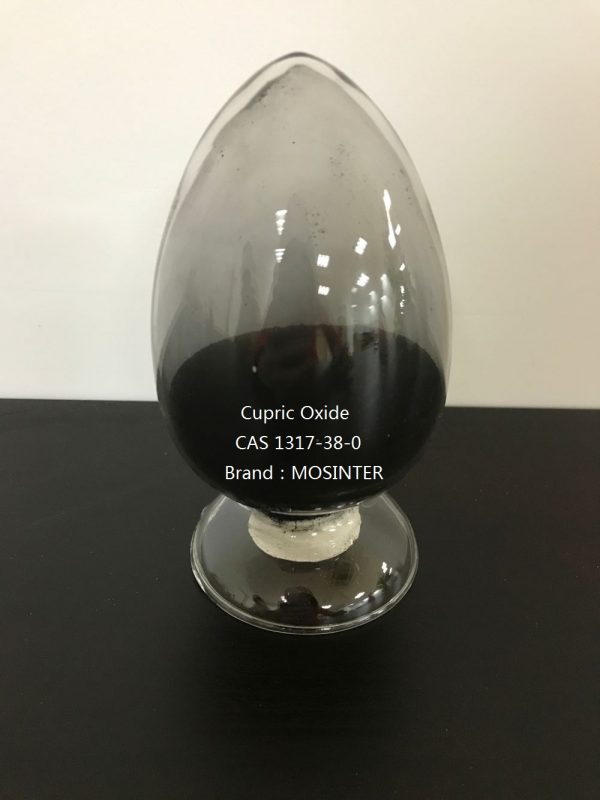
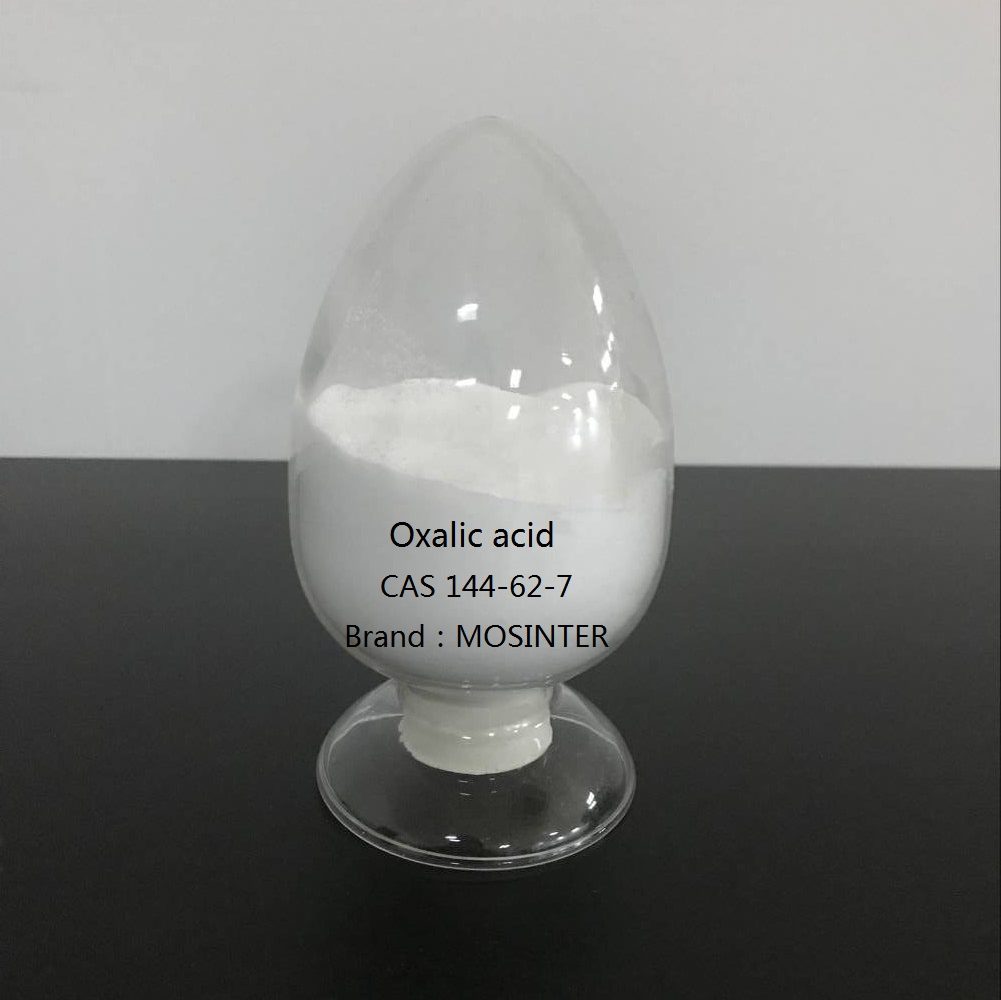
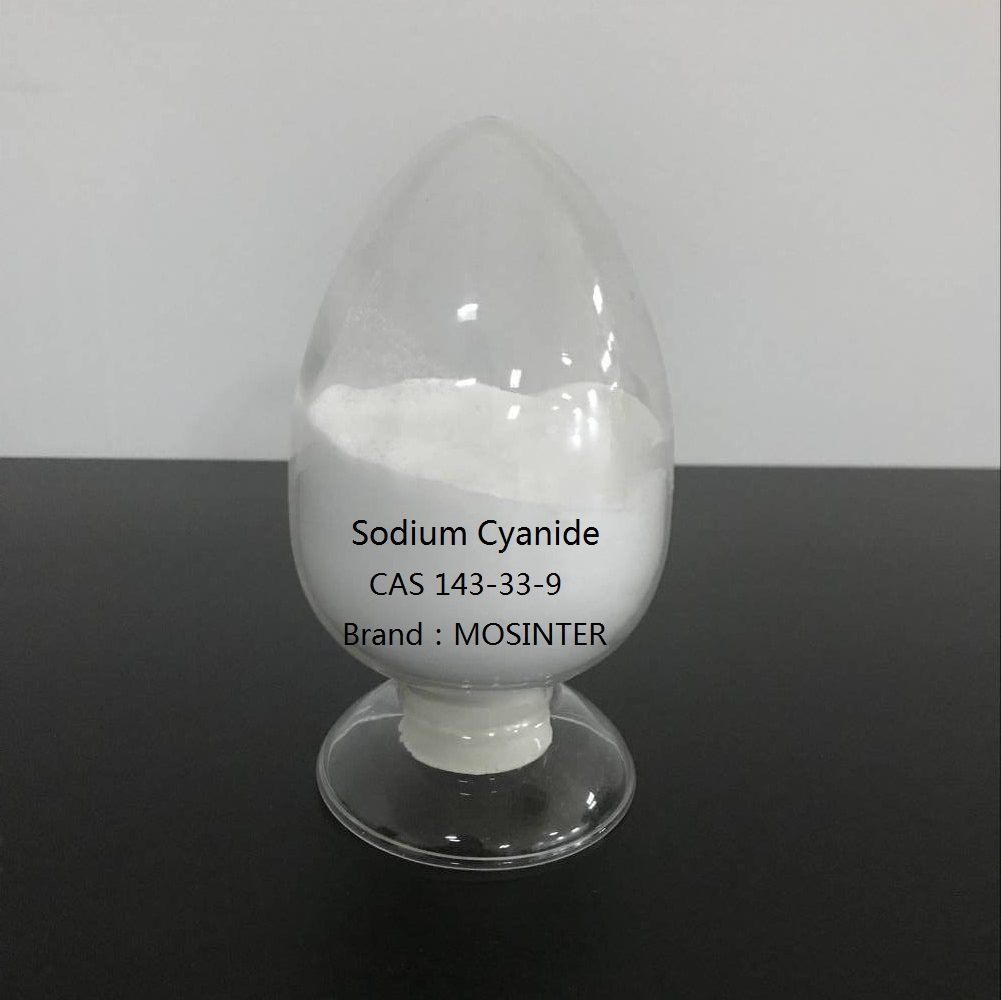
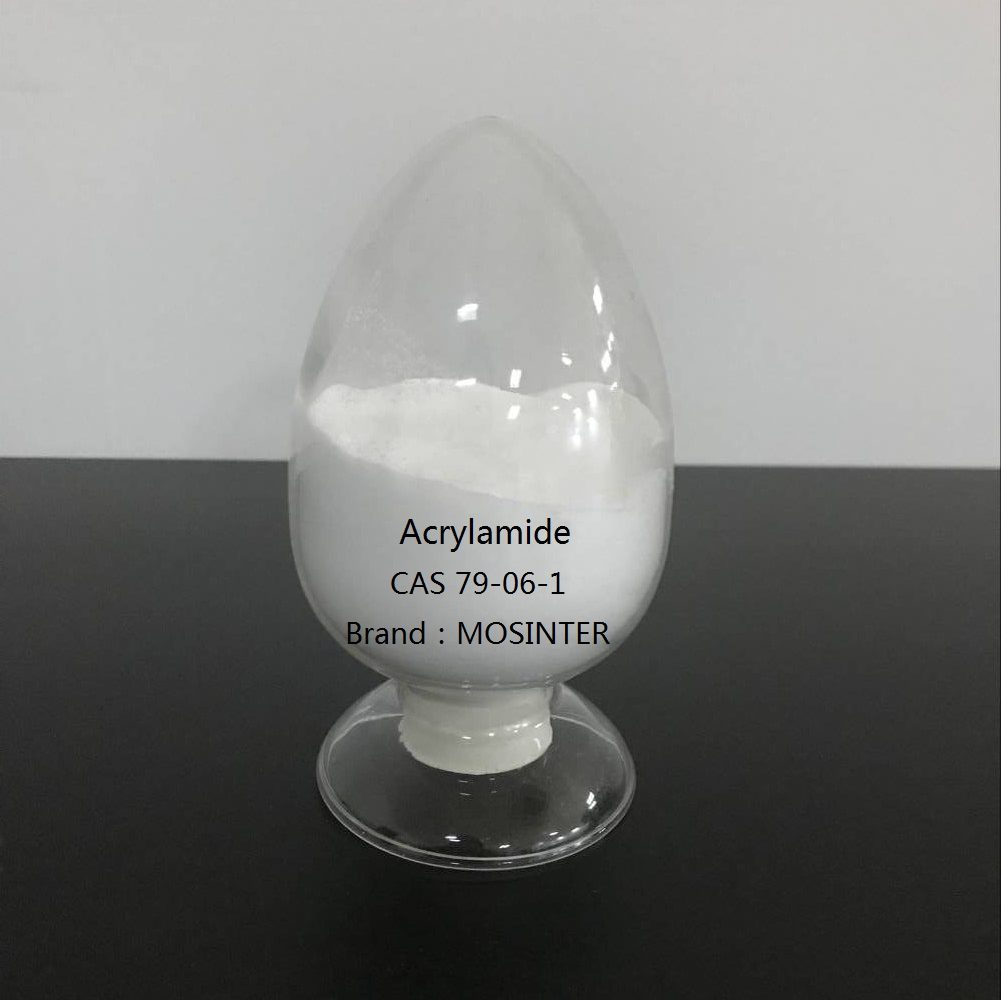
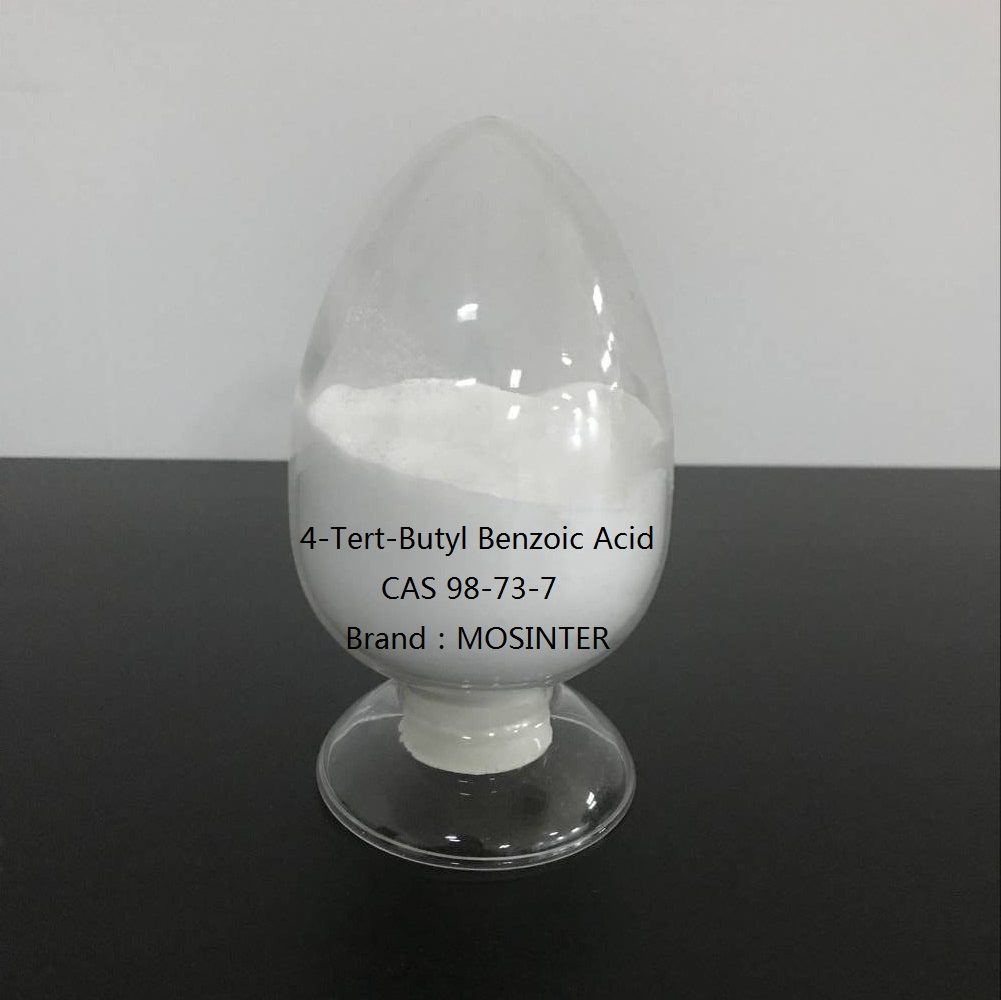
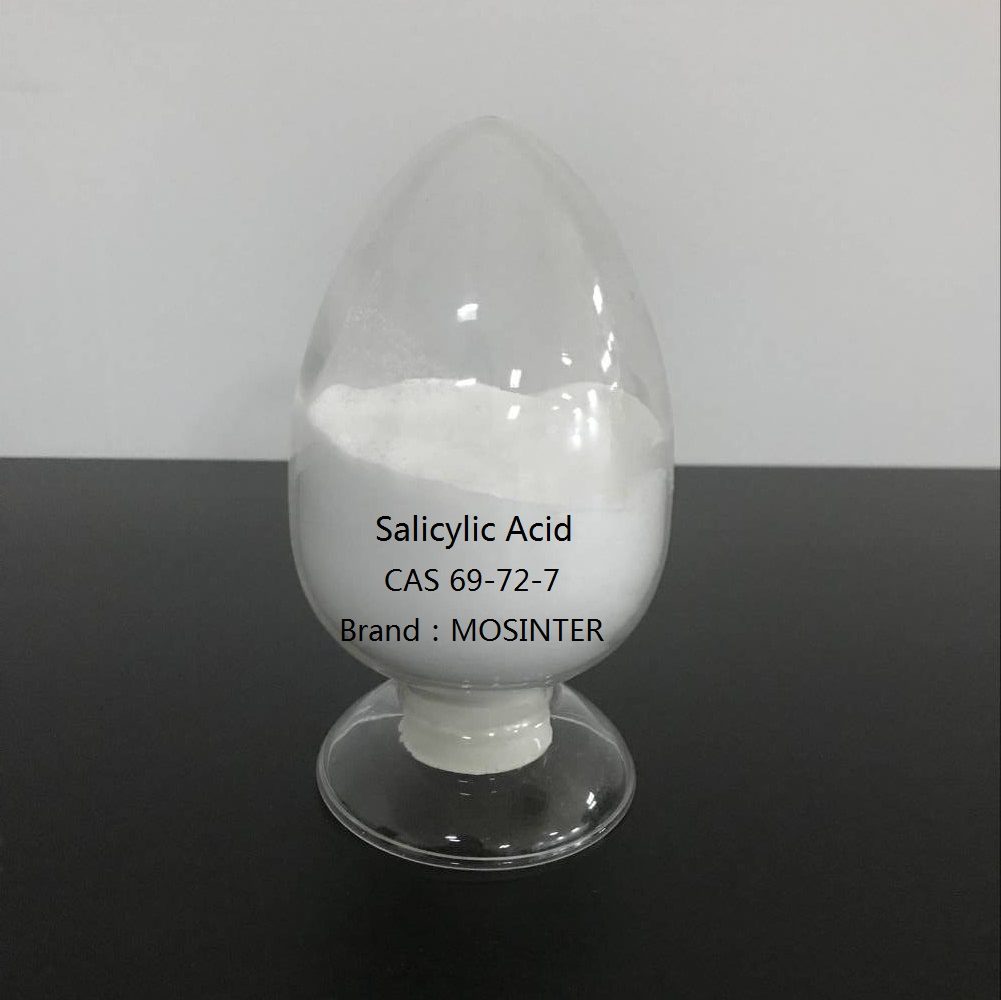
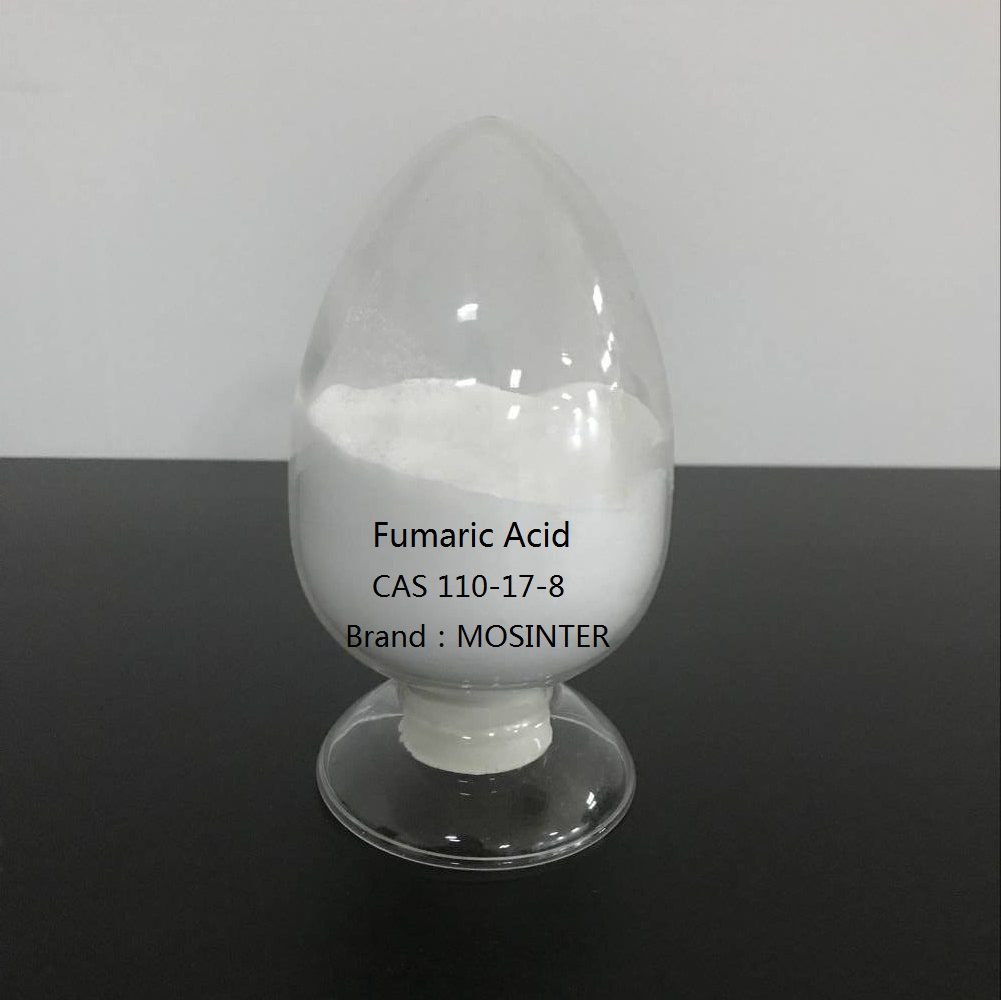
Reviews
There are no reviews yet.